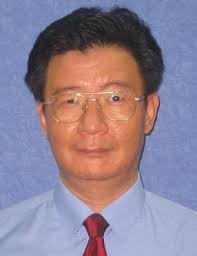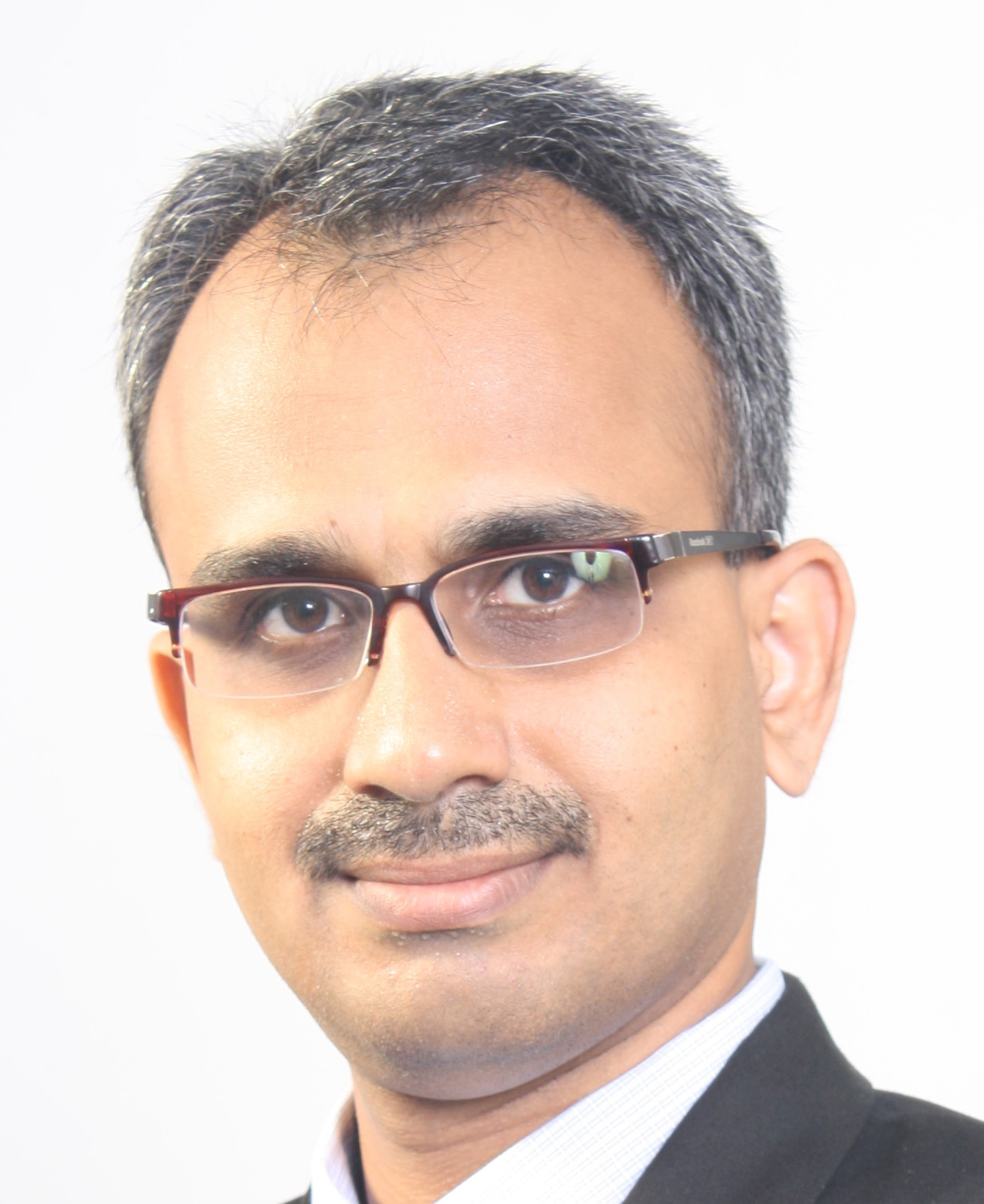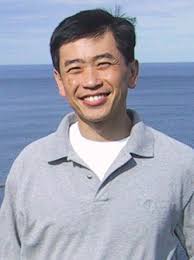Program
| Time | Mon, July 4 | Tue, July 5 | Wed, July 6 | Thu, July 7 | Fri, July 8 |
|---|---|---|---|---|---|
| 0900-1030 | Chiou-Ting HSU Visual Analysis |
Antonio ORTEGA Graph Signal Processing Part 1 |
Xudong JIANG Dimensionality Reduction |
Junsong YUAN Data Mining Part 1 |
Simon SEE Deep Learning |
| 1030-1100 | Refreshment Break | Refreshment Break | Refreshment Break | Refreshment Break | Refreshment Break |
| 1100-1230 | Nikolaos BOULGOURIS Gait Recognition 1 |
Antonio ORTEGA Graph Signal Processing Part 2 |
Xudong JIANG Sparse Coding |
Junsong YUAN Data Mining Part 2 |
Ettikan KARUPPIAH DIGITS Deep Learning |
| 1230-1400 | Lunch | Lunch | Lunch | Lunch | Lunch |
| 1400-1530 | C.-C. Jay KUO CNN, Pedestrian Detection |
Nikolaos BOULGOURIS Gait Recognition 2 |
Irene Yu-Hua GU Visual Analysis |
Wenjun ZENG Video Understanding |
Tiejun HUANG Visual Information |
| 1530-1600 | Refreshment Break | Refreshment Break | Refreshment Break | Refreshment Break | Refreshment Break |
| 1600-1730 | C.-C. Jay KUO CNN, Road Scene Understanding |
Chiou-Ting HSU Visual Recognition |
Irene Yu-Hua GU Machine Learning |
Tour S.E.A. Aquarium |
Yonghong TIAN Multi-Task Learning |
Speakers
 |
Nikolaos BOULGOURIS
|
|
|
Abstract:Gait analysis and recognition are relevant to a number of applications in several areas, including security, healthcare, and biomechanics. In this tutorial, we discuss application areas of gait analysis and recognition, and we go on to focus on the use of gait as a biometric trait. Nikolaos BOULGOURIS is an academic member of staff with the Department of Electronic and Computer Engineering of Brunel University London. He joined Brunel in September 2010, where he currently serves as Senior Lecturer. Between December 2004 and August 2010 he was an academic member of staff at King's College London, U.K. Prior to that, he was a Post-Doctoral Fellow with the Department of Electrical and Computer Engineering of the University of Toronto, Canada. Dr Boulgouris has published more than 90 papers in international journals and conferences and his papers have been cited widely in papers by other researchers who work in the same area of research. His research interests are in the areas of biometrics, signal/image processing, biomedical signal processing, and machine learning. He co-edited the book Biometrics: theory, methods, and applications, which was published by Wiley-IEEE Press. He was Principal Investigator for the UK group in the EC-funded Project ACTIBIO, where he led the development of gait recognition systems. He is an elected member of the IEEE Image Video and Multidimensional Signal Processing Technical Committee (IVMSP - TC). He is a Senior Area Editor for the IEEE Transactions on Image Processing and an Associate Editor for the IEEE Transactions on Circuits and Systems for Video Technology. He also served as Associate Editor for the IEEE Transactions on Image Processing and the IEEE Signal Processing Letters.
Dr. Boulgouris is a Senior Member of the IEEE |
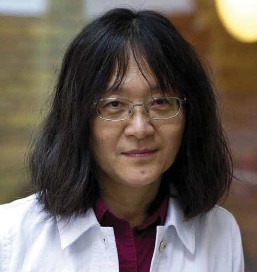 |
Irene Yu-Hua GU
|
|
Abstract: Biography: |
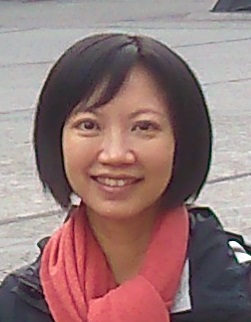 |
Chiou-Ting HSU
|
|
Abstract: Biography: |
 |
Tiejun HUANG
|
|
Abstract: Biography: Prof. Huang is the member of the Advisory Board of IEEE Computing Now, the Board of Director Digital Media Project, and the Editorial Board of Springer 3D Research Journal. In China, he is a council member of Chinese Institute of Electronics, the head of the China delegation of MPEG, a senior member of China Computer Federation. He is also the member of China National Standardization Theory and Methodology Standardization Technical Committee and the Multimedia subgroup of the China National Informational Technology Standardization Technical Committee. Professor Tiejun Huang’s research areas are video coding, image understanding, digital right management (DRM) and digital library. In the last ten years, as the principal investigator, he led ten research projects funded by the Ministry of Science and Technology, Natural Science Foundation, Ministry of Education of China. He involved in three cooperation projects between China and USA, Europe and Korea. He published more then one hundred peer reviewed papers and three books as author or co-author. He holds twenty-three patents in multimedia field. |
|
|
Xudong JIANG
|
|
Abstract: Biography: |
|
|
Ettikan KARUPPIAH
|
| Abstract: This Workshop will demonstrates introductory concepts of deep neural networks for image classification workflows using DIGITS. The NVIDIA Deep Learning GPU Training System (DIGITS) lets you quickly design the best deep neural network (DNN) for image classification and object detection tasks using real-time network behavior visualization. You will go through two labs- Using DIGITS for image classification problem and second using DIGITS for Object detection. Biography: Dr. Ettikan Kandasamy KARUPPIAH serves as Director, Developers Ecosystem at NVIDIA, APAC South assisting innovators and techno-entrepreneurs to accelerate GPU adaptation for their R&D and software solutioning needs. He has direct experience in both HPC and BDA with library/software design and development covering end-to-end needs. He also has published numerous publications, patents and software libraries from his past work. |
 |
C.-C. Jay KUO
|
|
Abstract: Biography: |
 |
Antonio ORTEGA
|
|
Abstract: Biography:
His research interests are in the areas of signal compression, representation, communication and analysis. His recent work is focusing on distributed compression, multiview coding, error tolerant compression, information representation in wireless sensor networks and graph signal processing. Almost 40 PhD students have completed their PhD thesis under his supervision at USC and his work has led to over 300 publications in international conferences and journals, as well as several patents. His work at USC has been or is being funded by agencies such as NSF, NASA, DOE, and companies such as HP, Samsung, Chevron or Texas Instruments. |
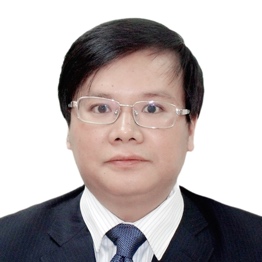 |
Yonghong TIAN
|
|
Abstract: Biography: |
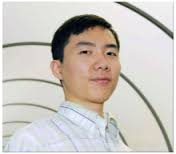 |
Junsong YUAN
|
|
Abstract: Biography: |
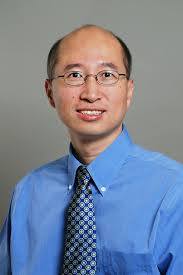 |
Wenjun ZENG
|
|
Abstract: Biography: He is a Fellow of the IEEE. He is an Associate Editor-in-Chief of IEEE Multimedia Magazine, and was an AE of IEEE Trans. on Circuits & Systems for Video Technology (TCSVT), IEEE Trans. on Info. Forensics & Security, and IEEE Trans. on Multimedia (TMM). He is/was on the Steering Committee of IEEE Trans. on Mobile Computing (current) and IEEE TMM (2009-2012). He served as the Steering Committee Chair of IEEE ICME in 2010 and 2011, and has served as the TPC Chair of several IEEE conferences (e.g., ChinaSIP’15, WIFS’13, ICME’09, CCNC’07). He will be a general co-Chair of ICME2018. He is currently guest editing an IEEE Communications Magazine Special Issue on Impact of Next-Generation Mobile Technologies on IoT-Cloud Convergence and a TCSVT Special Issue on Visual Computing in the Cloud - Mobile Computing, and was a Special Issue Guest Editor for the Proceedings of the IEEE, IEEE TMM, and ACM TOMCCAP. |
